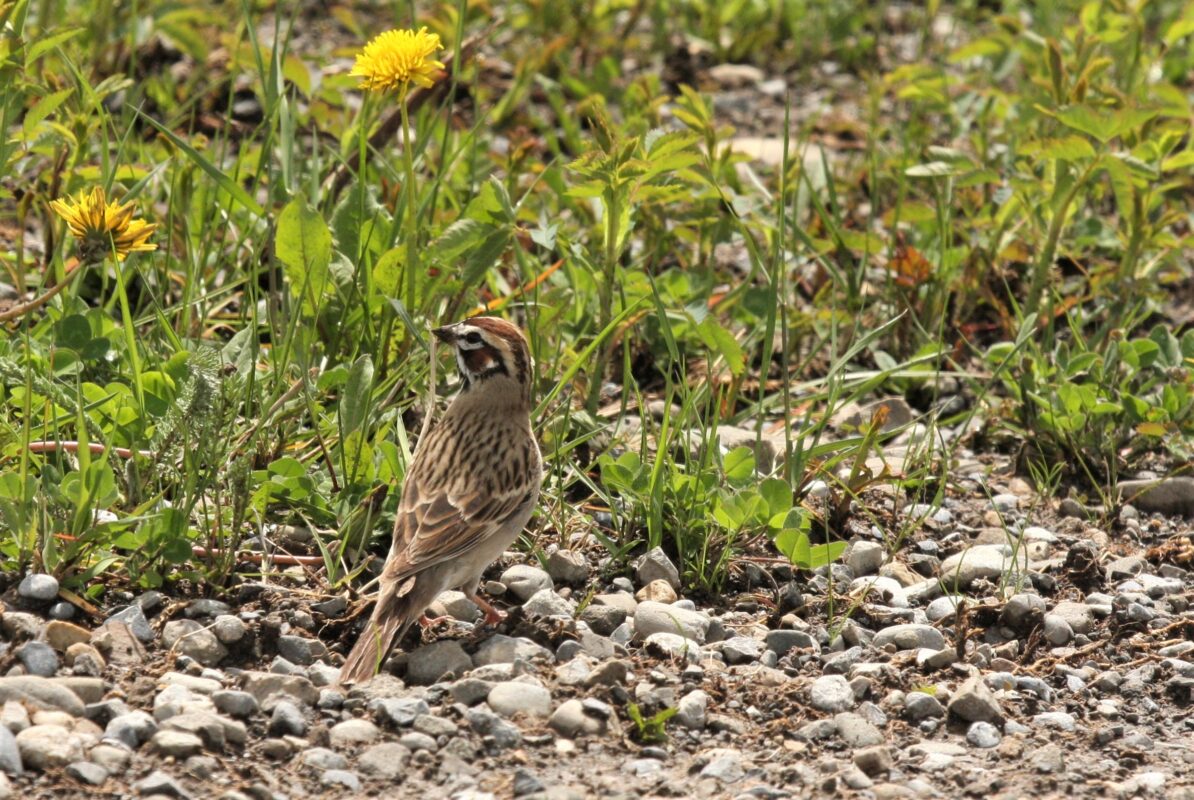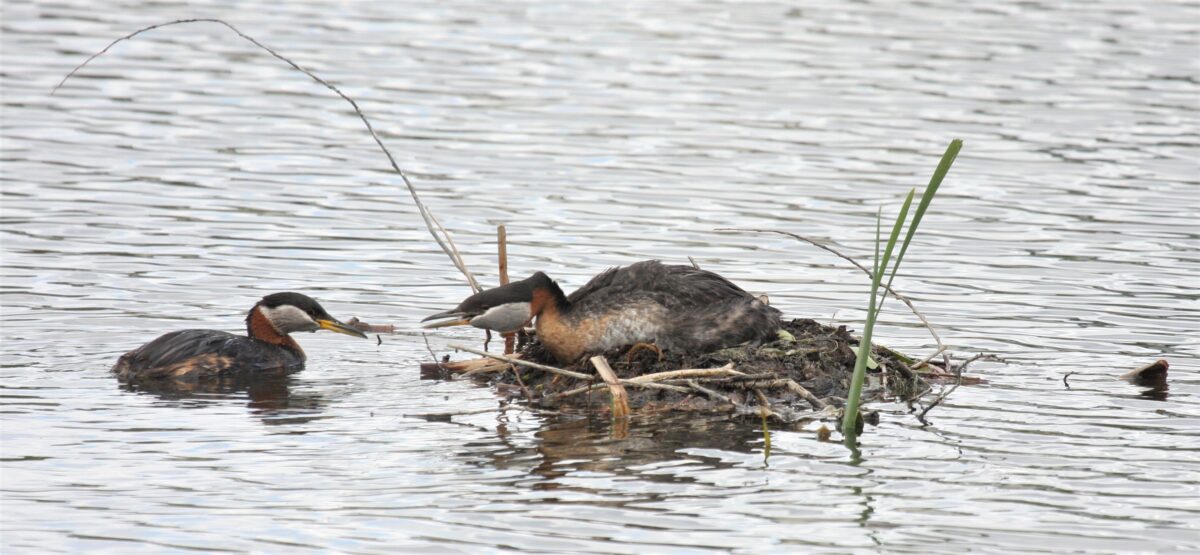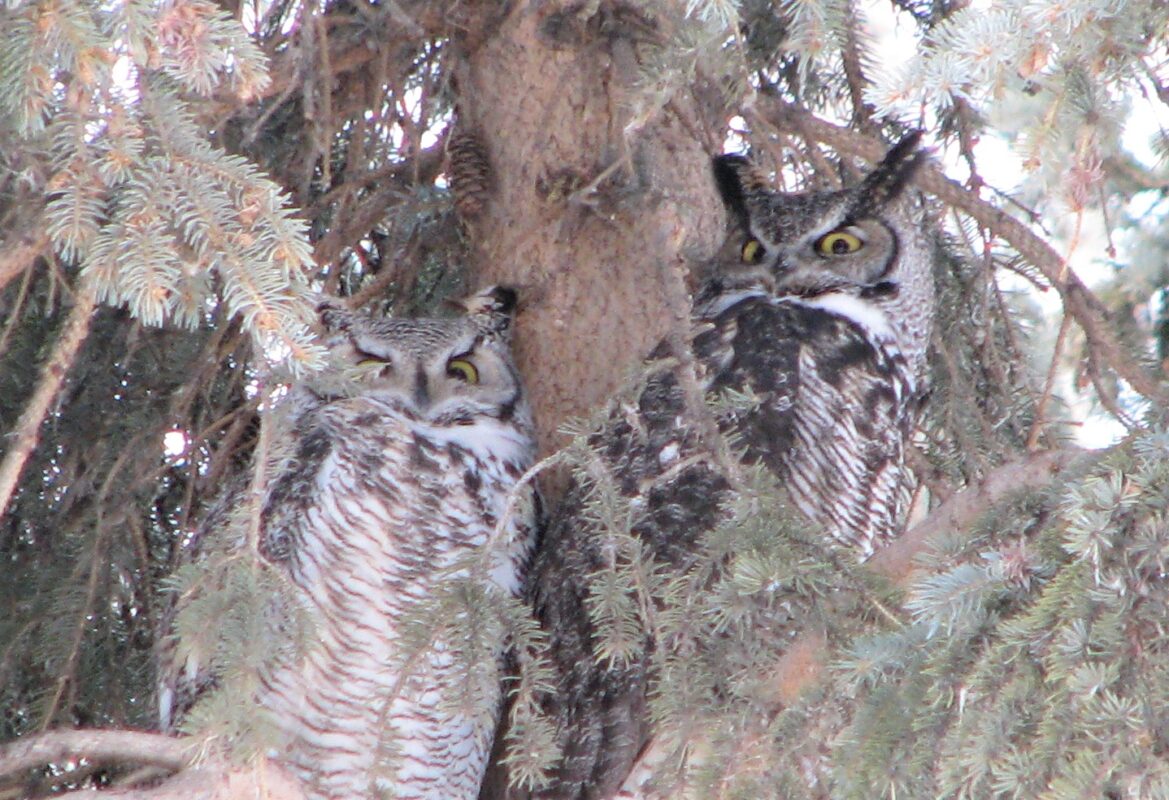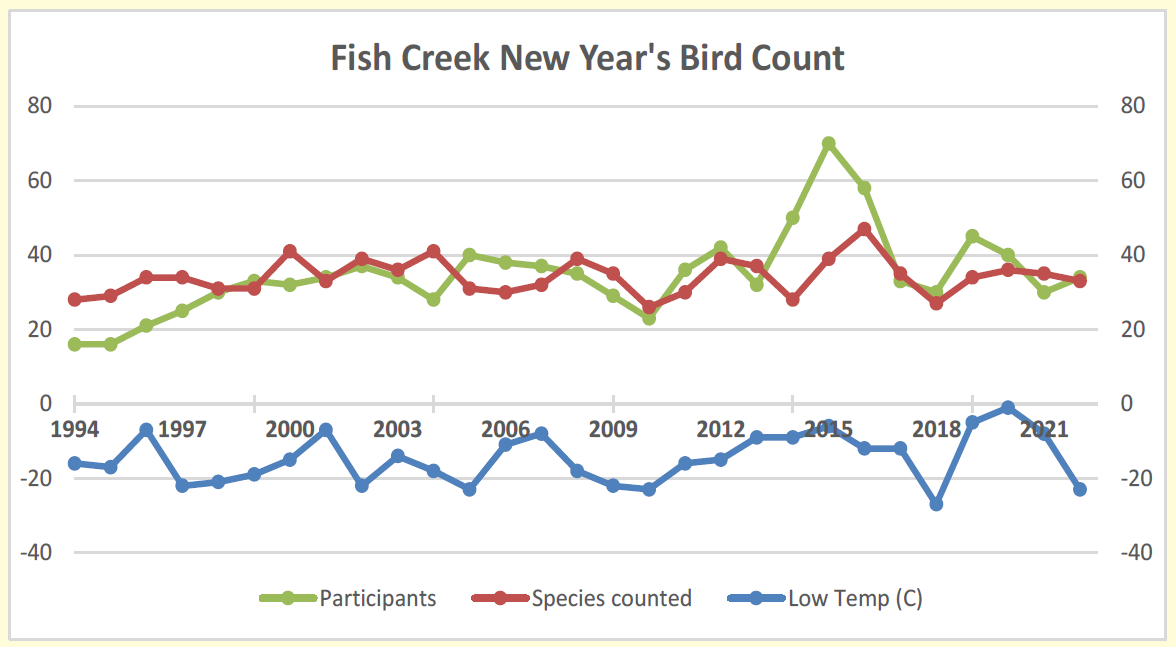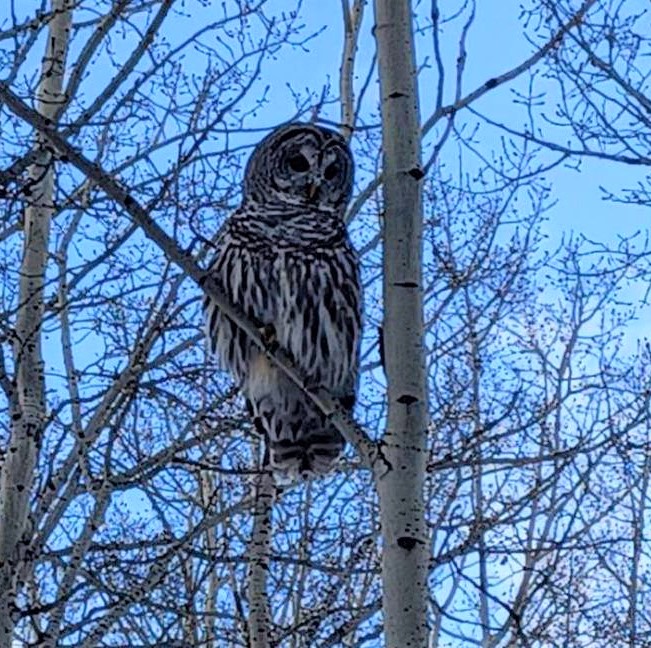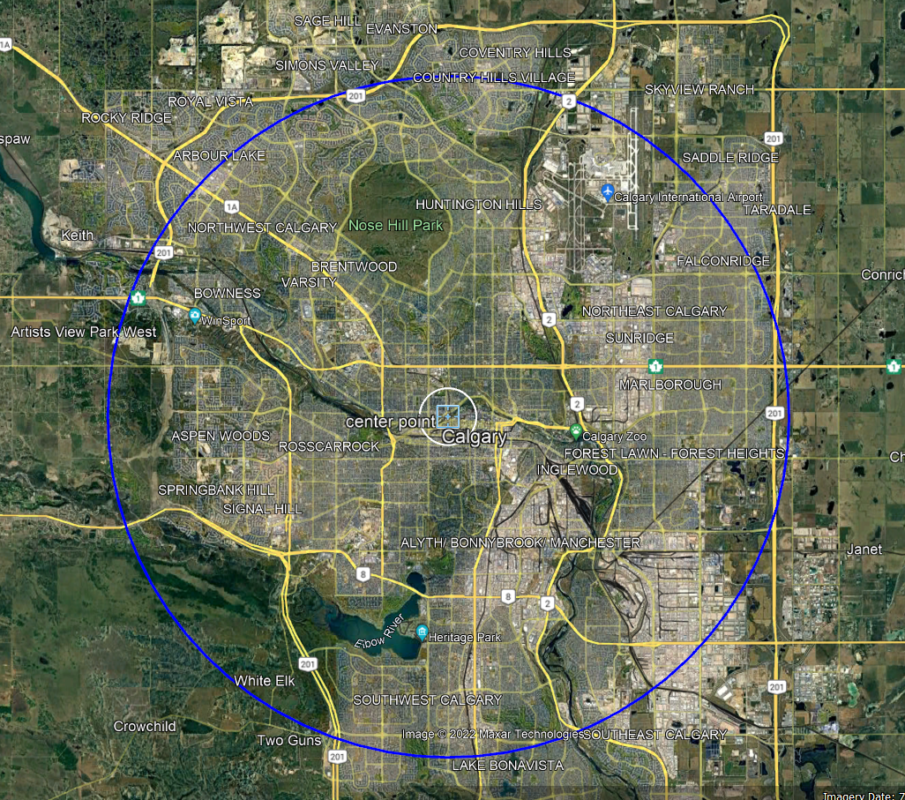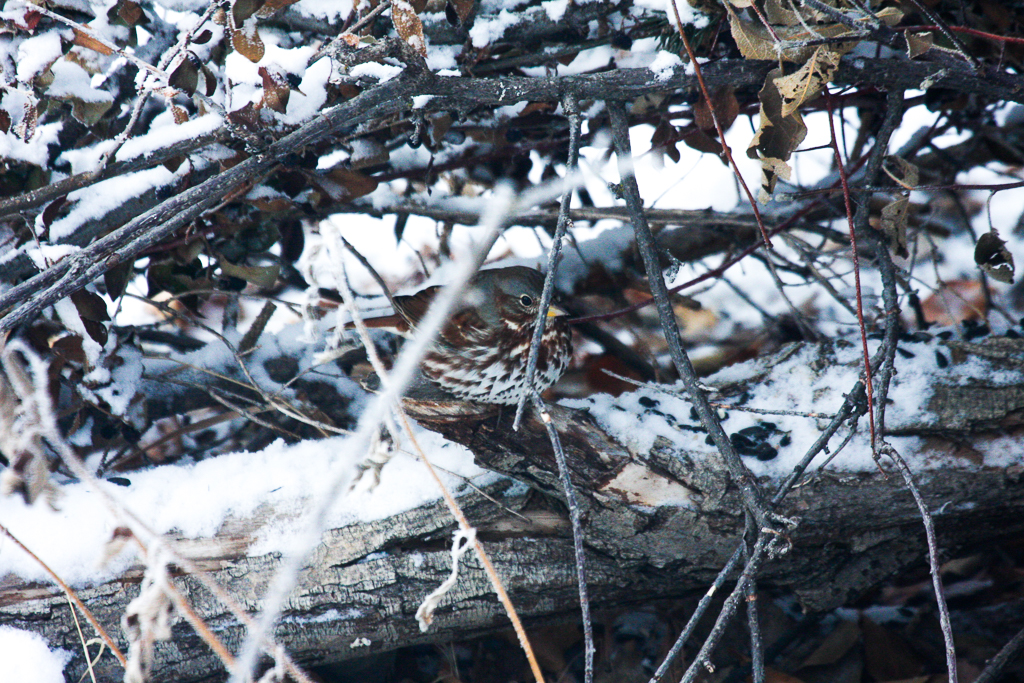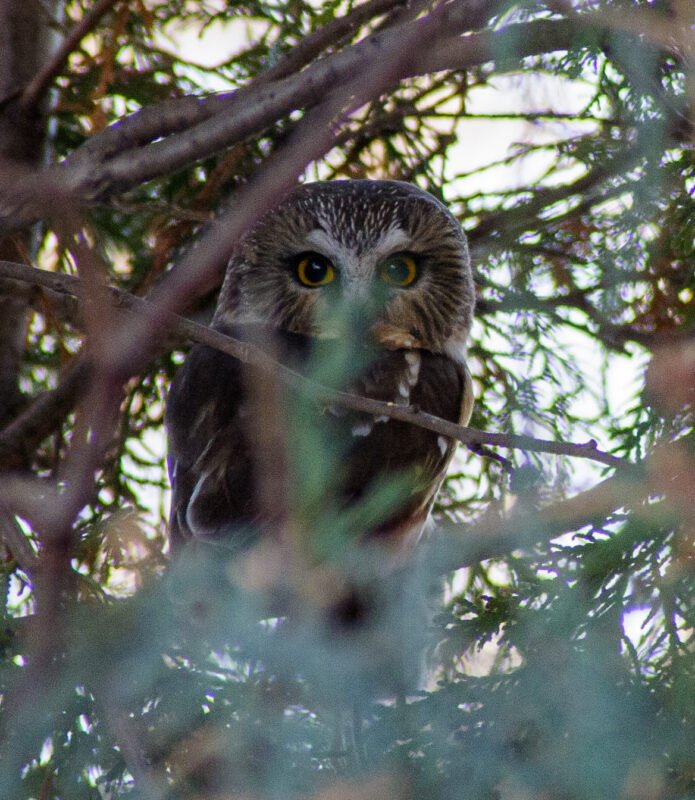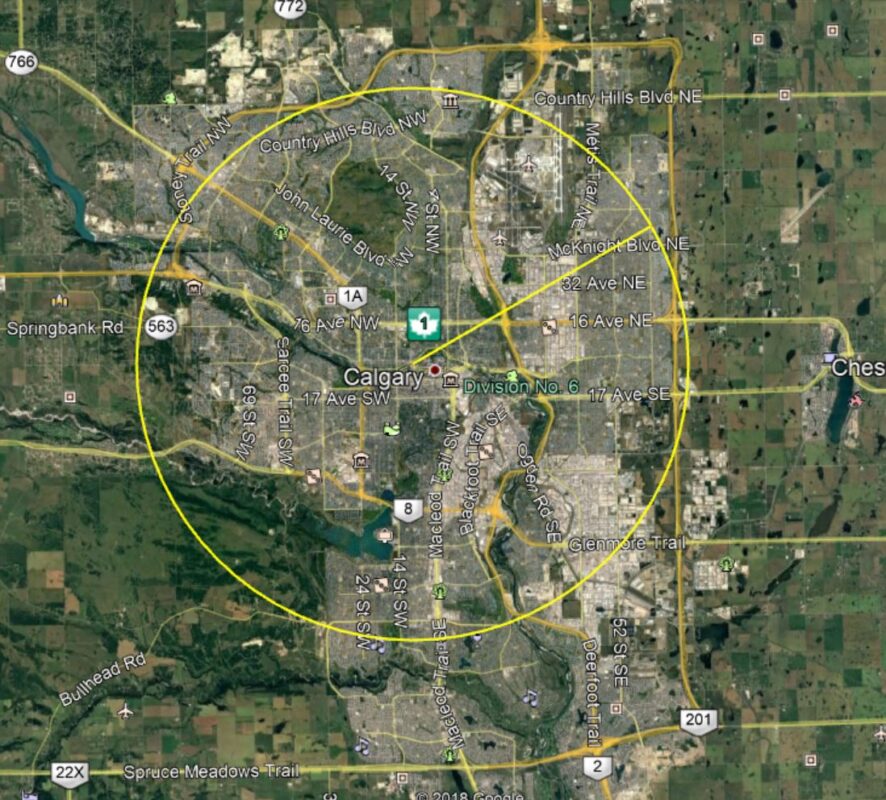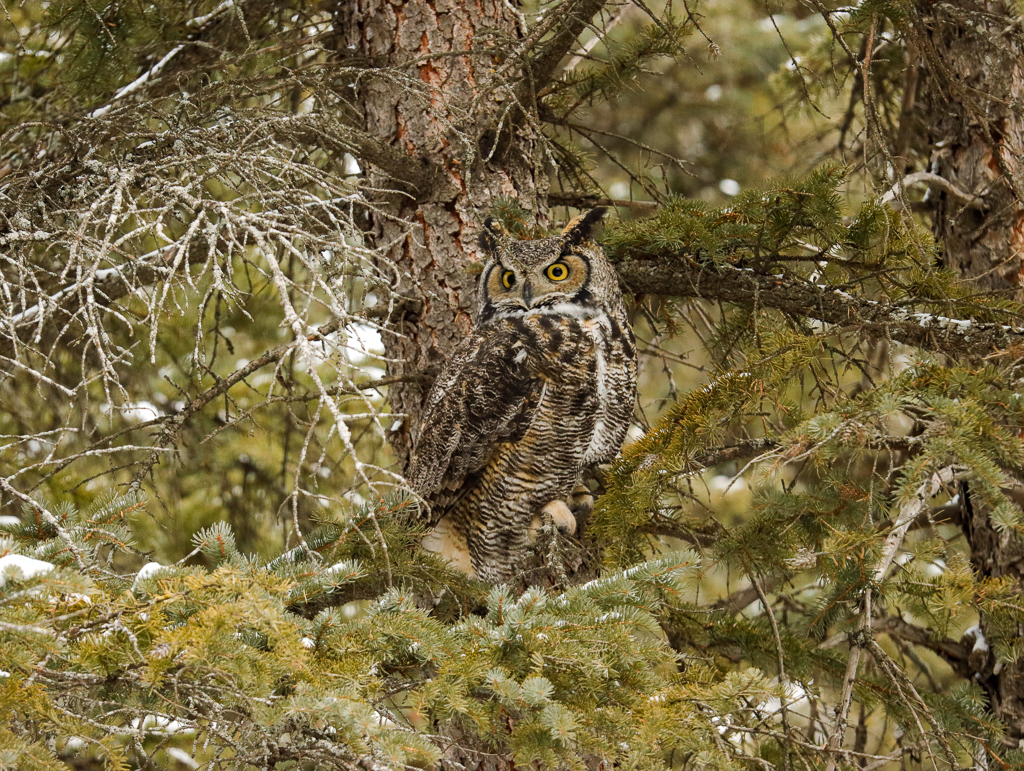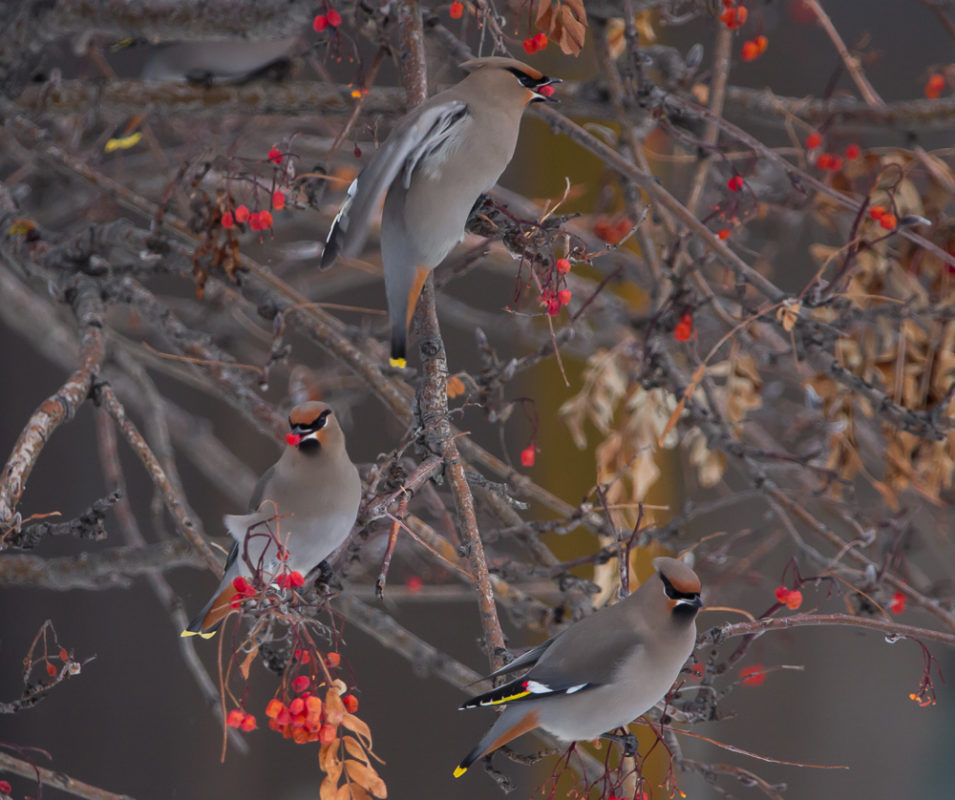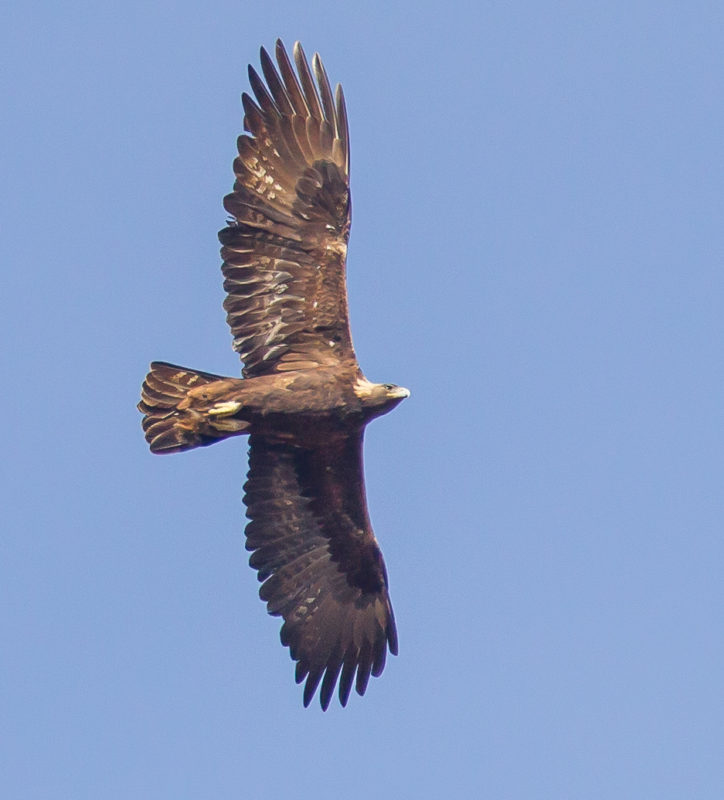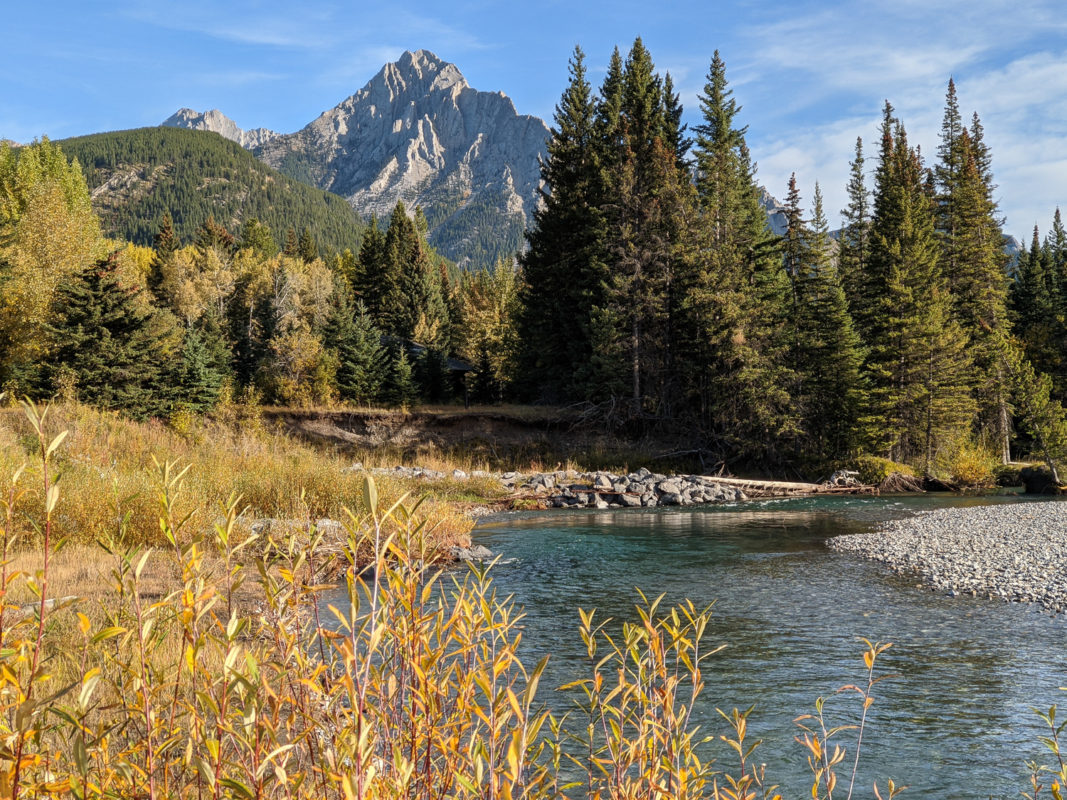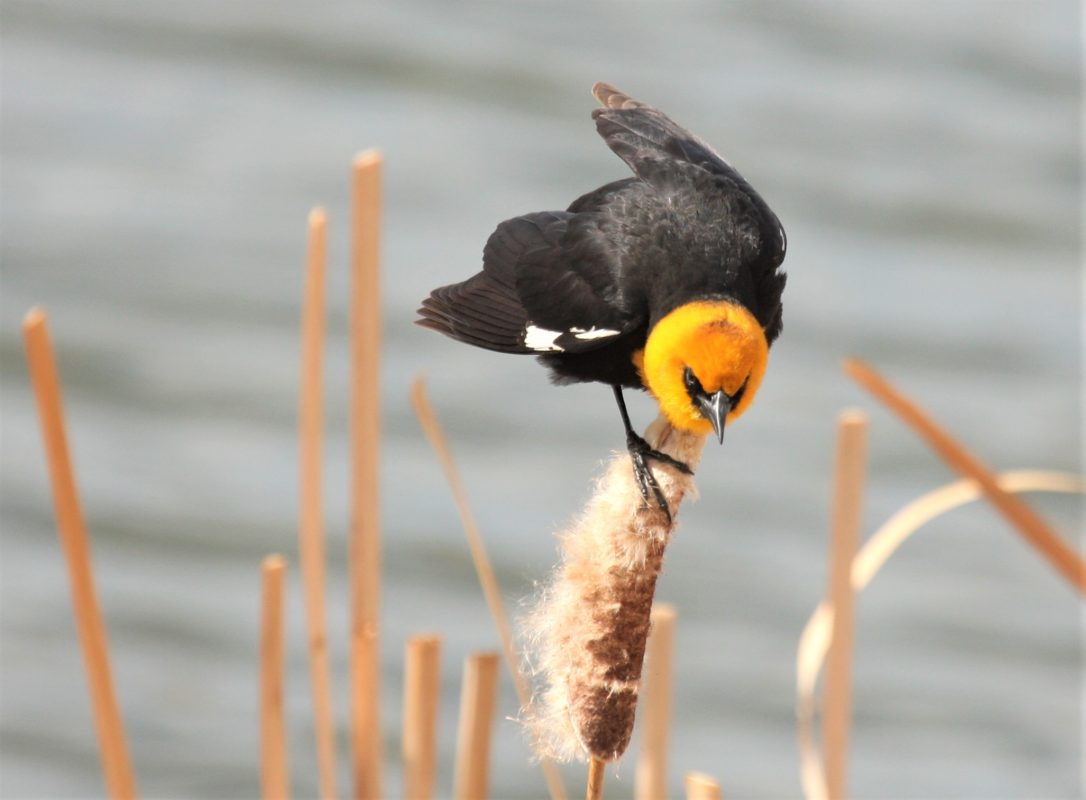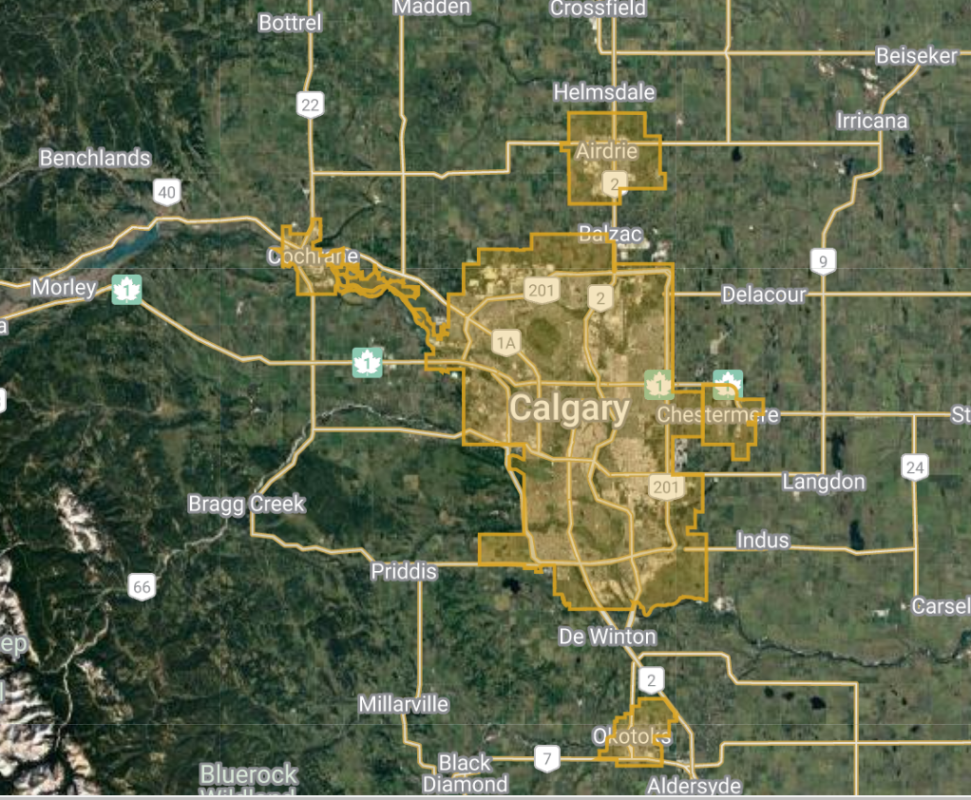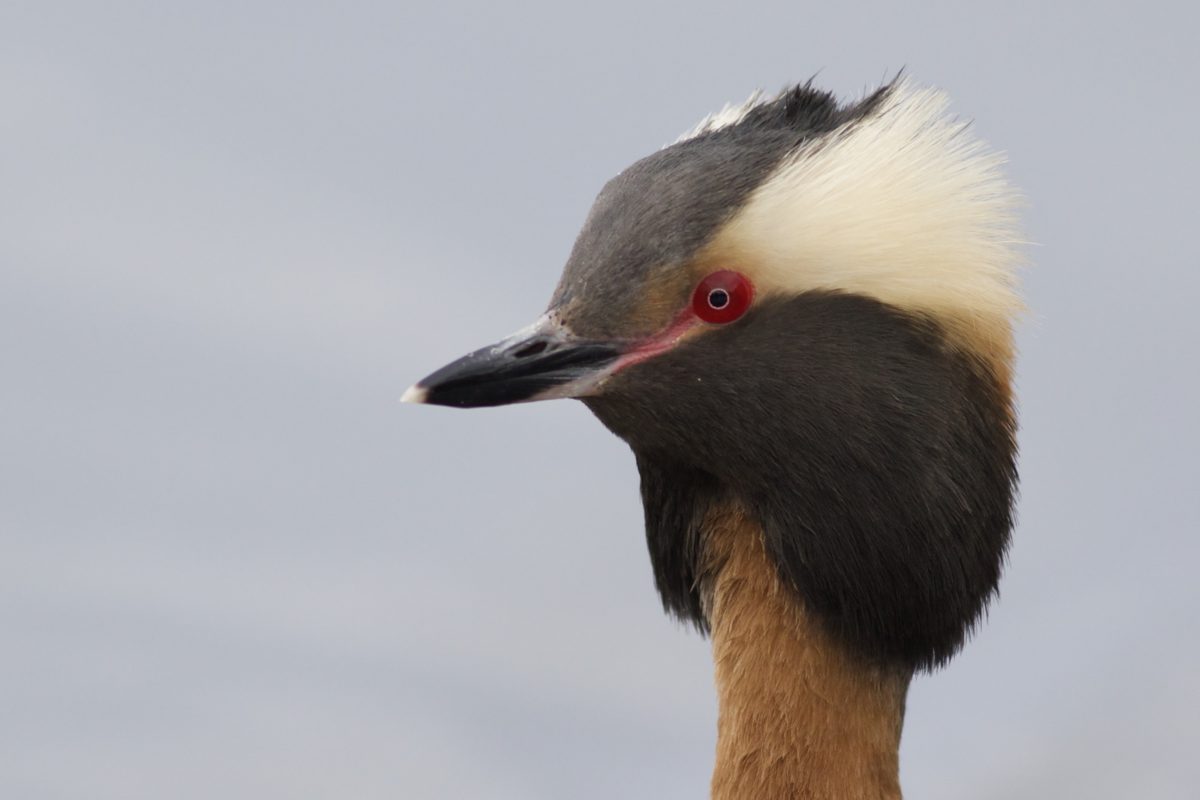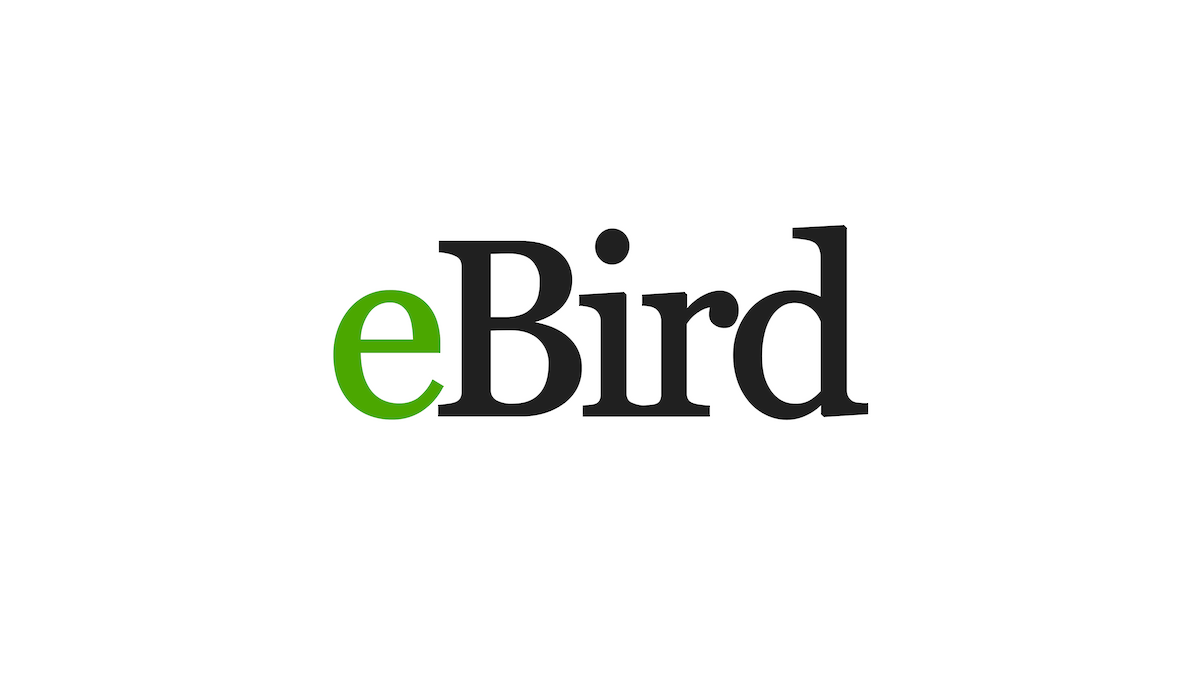Take part in this Citizen Science Project in the Calgary area from April 28 – May 1, 2023.
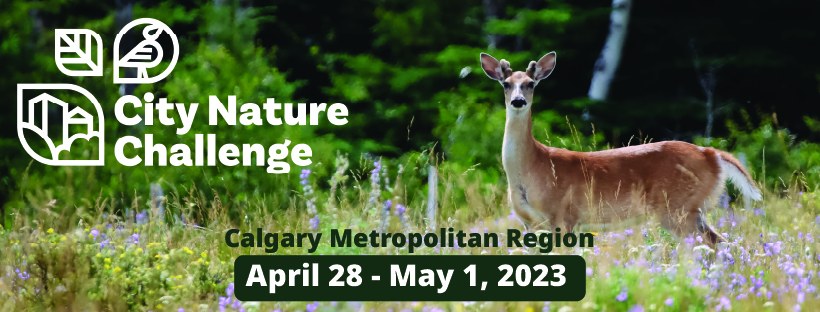
From organizer Matthew Wallace:
The fifth annual City Nature Challenge Calgary event will take place April 28-May 1, 2023! After five years, we’ve seen the success that CNC can have for engaging Calgarians with their local environments and we hope to make this the biggest event yet! Expect more cities than ever participating from around the world.
April 28-May 1, be sure to get outside and make observations of flora and fauna by taking photos and posting them to iNaturalist (web or app). Observations must be posted by Midnight May 7 to be included. Cities around the world will compete to see which can make the most observations, document the most species, and engage the most people! We need your help to activate your communities!
Encourage your friends, family, and neighbours to make as many observations as possible during the four-day window. We will be hosting public bioblitzes across the city with the support of local stewardship groups. If you have an interest in hosting, sponsoring, or simply participating in an event, please contact us at citynatureyyc@gmail.com and keep your eye on our website www.citynatureyyc.ca for all the information and news.
You can also follow news about the Calgary CNC on this Facebook page. Click the “Going” button and follow the group.
The website for the worldwide challenge is here.
You can follow the progress of the Calgary effort from April 28-May 1 on this iNaturalist site.
Taking part in the CNC is as easy as taking pictures of any wildlife, and uploading the photos to iNaturalist. It is easy to use the iNaturalist app on a smart phone. You can spend the four-day challenge window taking photos, and then we have until May 7 to identify everything using the iNaturalist AI and the worldwide commununity of naturalists who use the site. If you are unable to participate or if you live outside of the Calgary CNC areas, you can still particpate by identifying everything that is submitted.
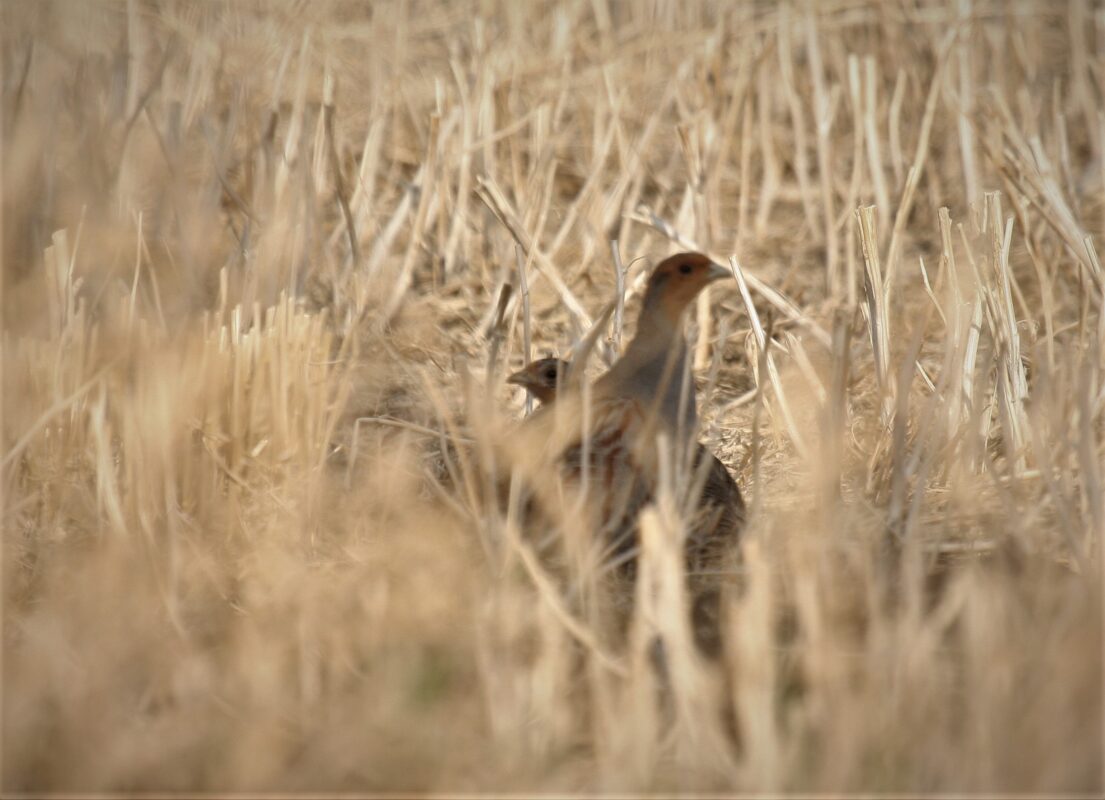
Photo by Bob Lefebvre
The cities, towns, and other areas that comprise the Calgary region for the purposes of the CNC are Airdrie, Chestermere, Cochrane, Foothills County, Glenbow Ranch Provincial Park, High River, Okotoks, Rocky View County, and the City of Calgary. Any observations made in these areas will count for the challenge.
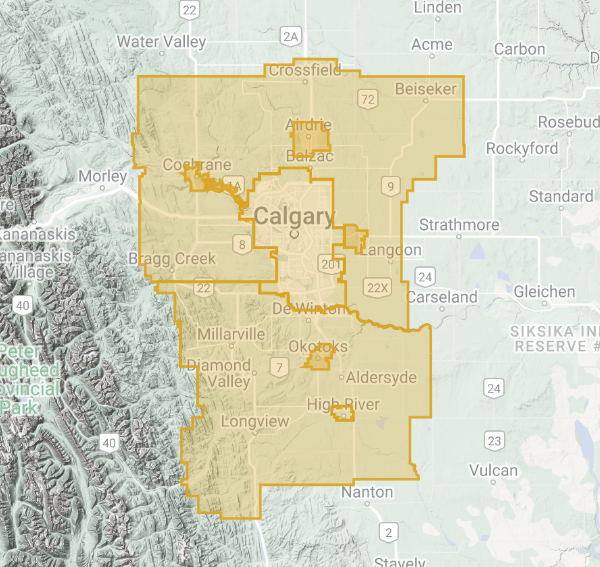
Last year, there were over 460 cities all over the world taking part in this friendly challenge. Over 67,000 observers reported over 50,000 species in 1.7 million iNaturalist observations. It really is a great way to document and monitor the world’s biodiversity.
Matthew has set a goal for the Calgary region of 10,000 iNaturalist observations in the four-day period. He would like to have 1,000 observers so if we can reach that goal, we should easily get to 10,000 observations. Last year we had 6,200 observations with only about 200 observers. It doesn’t take long to take even 50 or 100 photos and submit them. So please plan to take part in your yard, in a park, or anywhere in the area.
If you have any promotional ideas or would like to host a CNC event or field trip, please email Matthew at citynatureyyc@gmail.com. I plan to lead an outing or two so you could also join me then.
I’ll have more on the City Nature Challenge closer to the event.
